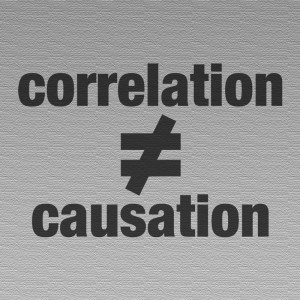
- Written:
- Author: Edward
- Posted in: dr ed park, stem cell theory of aging
- Tags: berlin, Blasco, bradford hill, causation, Dr. Ed Park, koch, telomere
Just a brief link to a study which really cuts to the core of what I believe to be the essential truth of aging and disease. That the erosion of telomeres in our stem cells is both a necessary and sufficient cause of disease formation for the changes we associate with aging.
When we were recently in Berlin, they boasted how the expatriate Albert Einstein taught at Humbolt University there. Another famous Humbolt scientist is honored by this statue we saw of Robert Koch, whose four postulates set the foundation for microbiology in 1884:
- The microorganism must be found in abundance in all organisms suffering from the disease, but should not be found in healthy organisms.
- The microorganism must be isolated from a diseased organism and grown in pure culture.
- The cultured microorganism should cause disease when introduced into a healthy organism.
- The microorganism must be reisolated from the inoculated, diseased experimental host and identified as being identical to the original specific causative agent.
When discussing causation in experimental science, the broader metric is the Bradford-Hill Criteria. I will plagiarize my own blog posting about this topic to bolster my stem cell theory of aging and disease:
“Telomere shortening causes aging!
I can make this statement but how do you objectively establish causation versus association? In epidemiology, we use the NINE BRADFORD-HILL criteria, which represent common sense rules of logic. The more of the criteria you have, the more likely something is actually CAUSING something else and not just associated.
- STRENGTH
- CONSISTENCY
- SPECIFICITY
- TEMPORALITY
- GRADIENT
- PLAUSABILITY
- COHERENCE
- EXPERIMENTAL EVIDENCE
- ANALOGY
Anyone can come up with a theory. Here are some popular ones: the sun travels around the earth, gods roll dice to decide our destinies, evil spirits can cause madness.
By using the Nine Bradford-Hill criteria, we can assess causation for just about anything. Let’s say I have a theory that “having four wheels on a vehicle causes lethal motor vehicle accidents.” After all, almost all of the lethal MVA’s are associated with four-wheel vehicles. Intuition tells us this is association and not causation but let’s go through the process to show you how the criteria work:
STRENGTH – good. Most accidents involve cars with four wheels.
CONSISTENCY – again good, given most MVA’s involve passenger cars
SPECIFICITY – poor. Motorcycles and 18-wheelers are more lethal than four wheel accidents.
TEMPORALITY: fair. You usually need four-wheels to get into an MVA
GRADIENT: poor in either direction. Fewer wheels (Motorcycles) and more wheels (trucks) are more lethal.
PLAUSABILITY: poor. Why would four wheels do this?
COHERENCE: poor. Why would four wheels do this?
EXPERIMENTAL EVIDENCE: poor. NTSB tests have not been done comparing four wheels with two wheels because the outcome is obvious. Just ask any ER physician.
ANALOGY: poor. Who is more nimble, you or your dog or cat? Four legs, like four wheels is a good foundation.
What about the theory that telomere shortening causing aging?
STRENGTH – excellent. The older you are, the shorter your telomeres. The fastest shortening comes with premature aging syndromes (Progerias)
CONSISTENCY – excellent. All humans age and all humans show telomere shortening as they age.
SPECIFICITY – excellent. Shortening telomeres are a hallmark most of the Progerias
TEMPORALITY- good. Shortening of telomeres occurs before aging appears
GRADIENT – excellent. The older you get, the shorter they get
PLAUSABILITY – excellent. Loss of protection of the ends of chromosomes allows for DNA rearrangement
COHERENCE – excellent. Loss of protection of the ends of chromosomes allows for DNA rearrangement and subsequent disease
EXPERIMENTAL EVIDENCE – Nature has done these experiments in the form of the Progerias which involve DNA repair deficiencies.
ANALOGY: excellent. Telomeres protect the tips like aglets on shoelaces. Another analogy is that aging chromosomes are like candles burning on both ends.”


